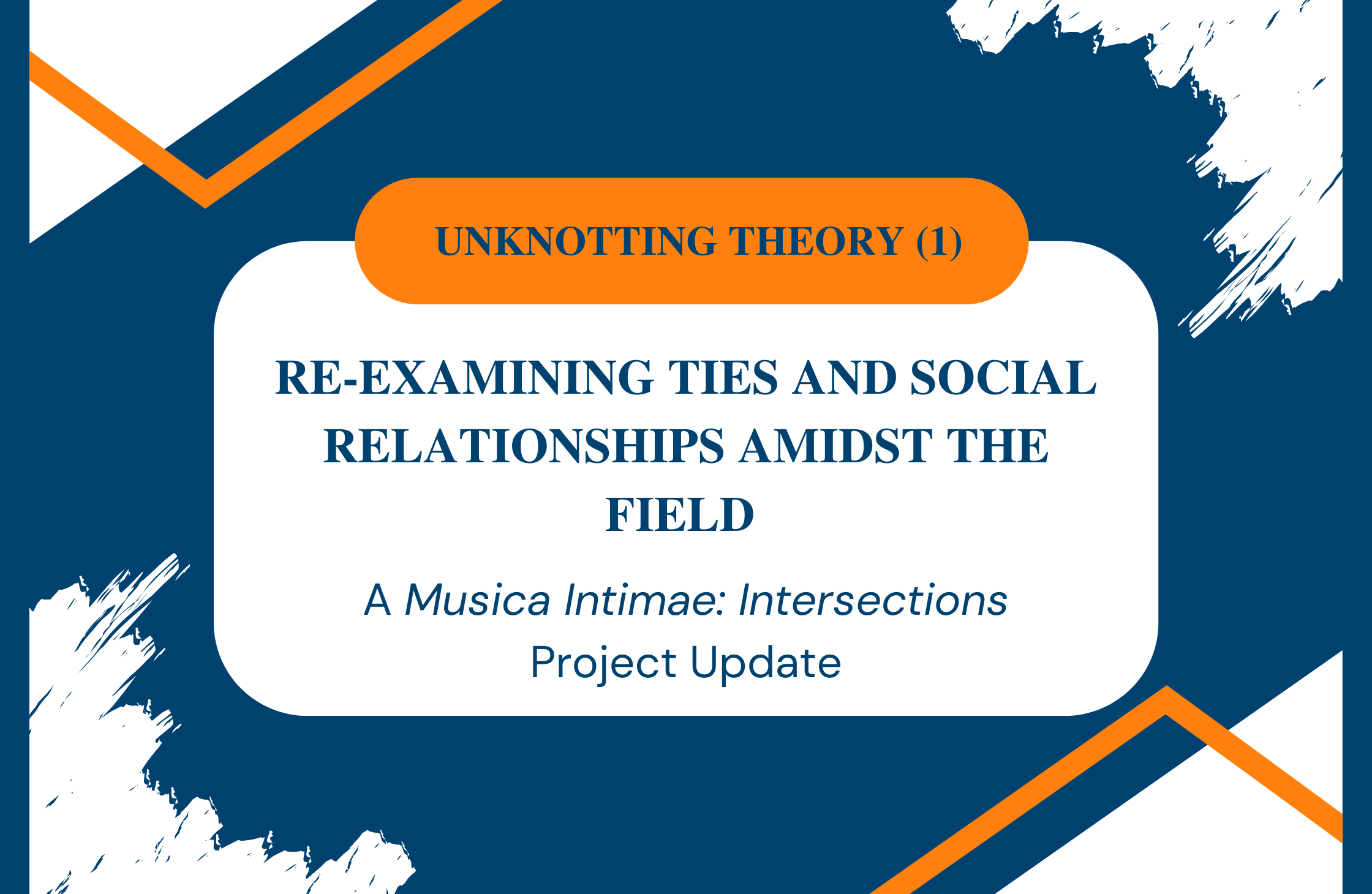Unknotting Theory (1): Re-examining ties and social relationships amidst the field
These are updates coming out of our interviews and ethnographic fieldwork from the MI Team.

As my co-investigators and I speak to bi-racial and bi-religious couples, the stories they shared helps me gain a better understanding of how family members, friends, and members of community play an important part in creating a sense of belonging to the people around them. It’s also important to note that a fair few couples who are in a bi-racial and bi-religious relationship may not have the same access to family and community as heterogenous couples. It’s this wide band of connections and support that made me relook at the concept of weak ties and strong ties, as argued by sociologist Mark Granovetter. [i] [ii]
Let me try to explain what this concept means. If you were to take a look at the people around you, you might be able to place them along a continuum of closeness. There are friends whom you meet up and hang out every so often, and then there are people whom you acknowledge if you happen to meet them in public. Granovetter would consider the people you seek out to socialise and hang out often are the ones you have strong ties. Conversely, the people you see passively, like school-mates or people living in your neighbourhood, are considered weak ties.
Granovetter argued that that having weak ties matter more than one might think. His argument is predicated on being strategic (and somewhat transactional) with your relationship with everyone. He posits that your close friends usually know the same people and information as you. This means you often hear the same things from them, which would mean that there are less opportunities for substantial or tangible benefits like knowing if there’s a job available. Conversely, the people you know less well—your weak ties—are connected to different groups. They bring you new information and ideas. For example, you might hear about a job from someone you know from a club, not from your best friend. Granovetter further argued that most people find jobs through weak ties, not through close friends. Hence, he posits that weak ties are connections between your group and other groups. They help new information and opportunities reach you. Consequently, strong ties are important for support. Weak ties help you discover new things. Both are useful, but weak ties are strong in a different way; they connect you to the wider world.
The scholarship on strong and weak ties have been further developed since Gronovetter’s works. Scholars have argued that the concepts of strong and weak links are fundamental to understanding the dynamics of communities and social networks. [iii] [iv] [v] Strong links refer to the close, emotionally charged relationships found within tight-knit groups, such as family and close friends, characterized by high levels of trust, frequent interactions, and shared experiences. These ties are essential for providing emotional support and fostering community cohesion, enabling members to collaborate and respond effectively to collective challenges. Conversely, weak links, or weak ties, represent more casual relationships with acquaintances or distant connections that bridge diverse social groups. These ties, while less intense, play a crucial role in facilitating access to new information and resources, enhancing social mobility, and connecting individuals to opportunities beyond their immediate networks.
Bringing this theoretical concept back to the ethnographic work that we’re doing for Musica Intimae: Intersection does provide an interesting challenge. I do realise that there are issues with the theory since it’s mostly focused on their implications for social capital and community development. We could also argue that an over-reliance on strong ties can lead to insularity and hinder exposure to diverse perspectives, while others emphasize that weak ties alone may lack the emotional depth needed for community support. Understanding the balance and interplay between these ties is essential for fostering vibrant, resilient communities capable of addressing social challenges effectively. That said, the dynamics between strong and weak links offer valuable insights into community interactions and the structural factors that shape collective action. It is possible to use this theory to understand how communities may strive to navigate complexities such as social inequality and resource allocation, recognizing the unique contributions of both strong and weak ties becomes increasingly vital for achieving sustainable development and social cohesion.
My challenge now is to map this concept of strong and weak ties to the tropes of the lives of my interlocutors and see how this plays out in the lives of bi-racial and bi-religious couples living in Singapore. Over the next two months, my team and I will be sharing vignettes coming out of our interviews and ethnographic fieldwork. From there, perhaps we can discover together how familial and communal ties work in their lives, and hopefully how we can replicate stories of success that can help make visible the embedded and often hidden challenges they face living in Singapore.
[i] Mark S. Granovetter, “The Strength of Weak Ties,” American Journal of Sociology 78, no. 6 (1973): 1360–80.
[ii] Mark Granovetter, “The Strength of Weak Ties: A Network Theory Revisited,” Sociological Theory 1 (1983): 201–33, https://doi.org/10.2307/202051.
[iii] “Strong-Tie Social Connections Versus Weak-Tie Social Connections,” in Encyclopedia of Social Media and Politics, by Kerric Harvey (2455 Teller Road, Thousand Oaks California 91320 United States: SAGE Publications, Inc., 2014), https://doi.org/10.4135/9781452244723.n510.
[iv] Laura Kurgan, Jia Zhang, and Chun, “Are Friends Electric? - Laura Kurgan et al. - Weak Ties: The Urban History of an Algorithm,” Academic E-zine, e-flux, October 2020, https://www.e-flux.com/architecture/are-friends-electric/348398/weak-ties-the-urban-history-of-an-algorithm/.
[v] Erik Brynjolfsson, David Grusyky, and Matthew Jackson, “The Strength of Weak Ties,” University Magazine, Stanford Report, July 24, 2023, https://news.stanford.edu/stories/2023/07/strength-weak-ties.

